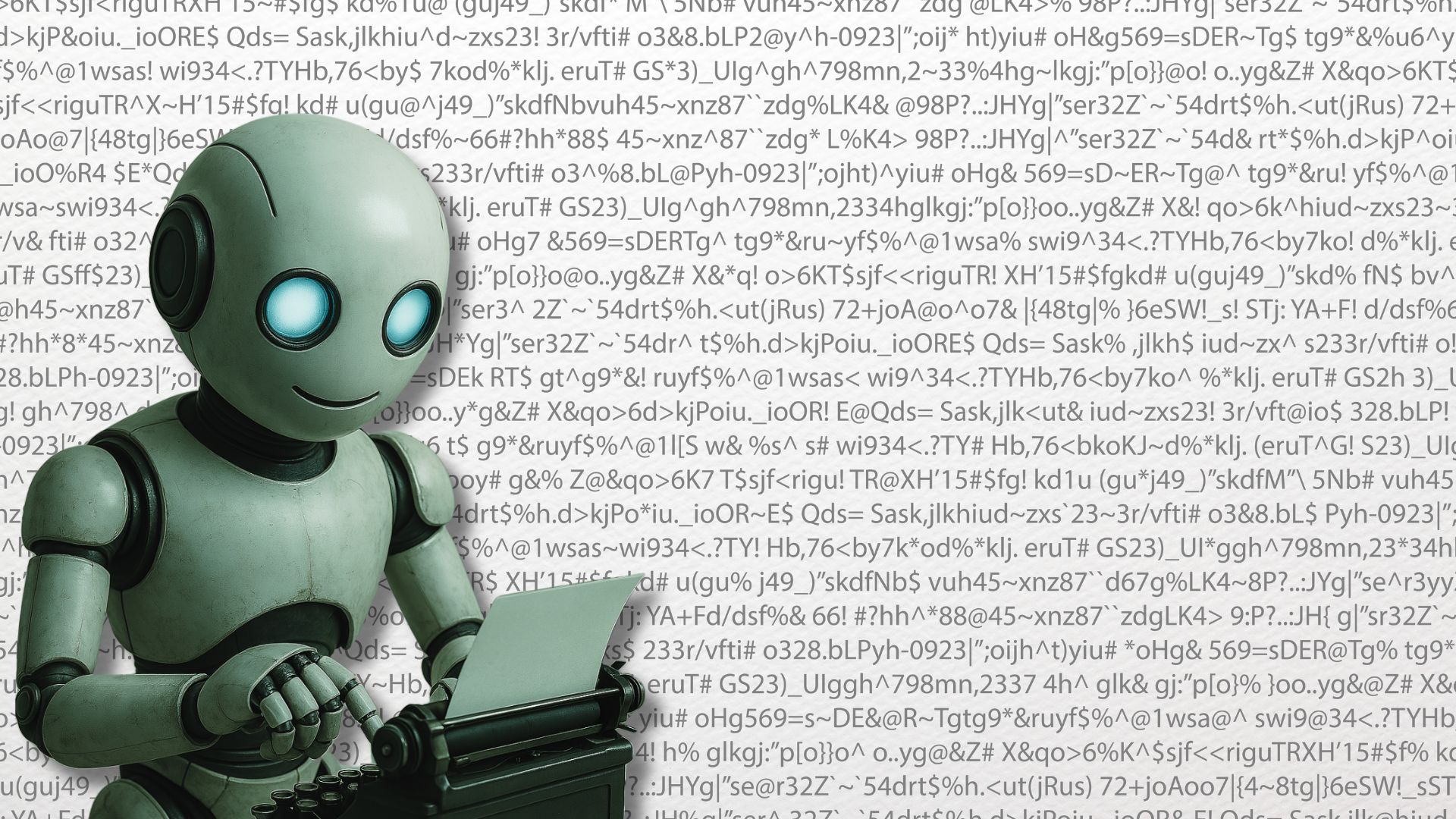It is 2025, and AI is everywhere, even in your Air Conditioner. Like every technological advance, people and businesses are trying to take advantage of it as much as possible to make their lives easier and generate income.
But how much should you depend on it? How can AI help you or DESTROY you?
Duolingo and the “AI First” Statement.
Honestly, I could never have imagined that we would be talking about Duolingo’s fall, but here we are. After being one of the most successful examples of social listening and unhinged marketing, Duolingo has faced backlash after announcing that it will be an “AI-first company.”
Duolingo’s first announcement of an “AI-first” shift was made in an all-hands email by CEO Luis von Ahn on April 28, 2025, and it backfired almost immediately. According to that announcement, the company plans to replace human contract workers with AI for certain tasks and prioritize AI use in hiring and performance reviews to accelerate course development and improve efficiency. It was the whole “replace humans” that caused the backlash.
The damage was done despite their efforts to clarify that this was not about firing people but efficiency. Duolingo seems to be working on a new image/rebranding, with their social media team deleting ALL of their social media content and starting from scratch with a new approach, but people are still skeptical.
Why Are People So Against AI?
The simple answer? Fear.
Fear can be rooted in a lack of knowledge or uncertainty:
👉🏻People tend to fear the unknown.
👉🏻The job market is changing, and jobs are on the line.
People are getting defensive, and rightfully so. Yes, AI is powerful. Yes, it can assist, optimize, and accelerate. But when it comes to brand content—the stuff meant to build trust, connect with humans, and influence decisions—blindly handing the reins to a machine can backfire fast.
AI is Becoming Normalized Despite “Quality” Issues
AI content is pretty much everywhere. Sometimes, it is super obvious, and some others, not as much. While a portion of the population can recognize AI-generated content (and some others will assume that an EM dash means AI wrote a text), the reality is that, little by little, it is becoming more normal to see AI content.
But that does not necessarily mean we SHOULD let AI do all the work.
As reported on May 20 by NPR, some newspapers in the US, including the Chicago Sun-Times and at least one edition of The Philadelphia Inquirer, published a summer book list that included made-up books by famous authors. The list was part of licensed content provided by King Features, a unit of the publisher Hearst Newspapers.
Writer Marco Buscaglia has claimed responsibility for the list and confirmed that it was partly AI-generated.
The problem was NOT that he used AI to generate part of the article, but an error with the human component: he failed to check the sources and the article itself to confirm its accuracy. AI is not perfect, and thanks to that imperfection (and 10 made-up books that don’t exist anywhere besides Chat GPT’s mind), Marco Buscaglia’s credibility can (and most likely will) be affected.
This does not happen with text only; it happens with images, too.
We all have seen at least one image or video with weird hands or feet or with “something” that is not right. Sometimes, they’re funny. For example, we saw one AI-generated video a couple of days ago that featured a horse that ended up SOMEHOW putting its head on its rear end. Other times, it’s unsettling, like a video my mom sent on the group chat a couple of days ago where all the statues from a museum will start moving… creepily. And while that might not seem like a big deal for a meme, imagine something like that slipping into a campaign ad or branded content.
AI can simulate many things in both words and visuals, but it still lacks what your audience craves most: human touch and authenticity.
The goal of your content is to make people feel something, either by helping them solve their problems or building relationships. You want to show that your brand understands the human experience. And AI, as advanced as it’s getting, still doesn’t live a human experience. It can’t truly feel, empathize, or understand cultural nuance the way a real person can.
AI is only as good as the human overseeing it.
Do We Cancel AI Now?
No :v
If we should have learned something from all these years of innovation, it is that progress cannot be cancelled. Whether we want it or not, AI is here to stay.
Instead of rejecting it altogether, we must learn to use it wisely. Used strategically, it’s transformative:
- Research assistant: Quickly analyze trends or summarize reports.
- First-draft generator: Break through writer’s block with outlines.
- Optimization tool: A/B test headlines or SEO tweaks.
AI should handle the how (efficiency), while humans own the why (strategy, emotion, and ethics). Striking this balance is how you can use AI to help your brand thrive.






